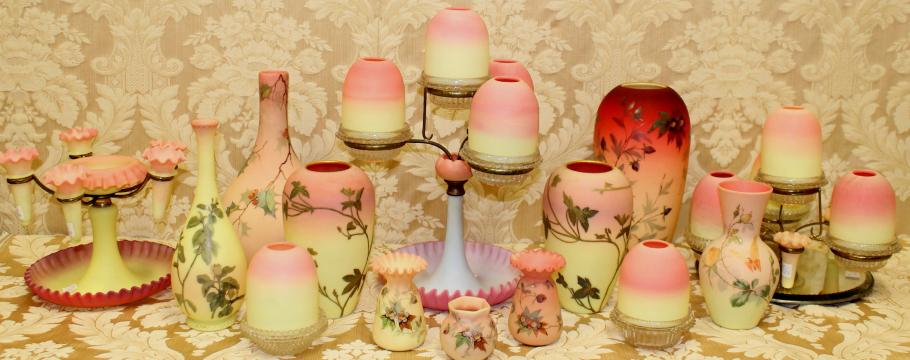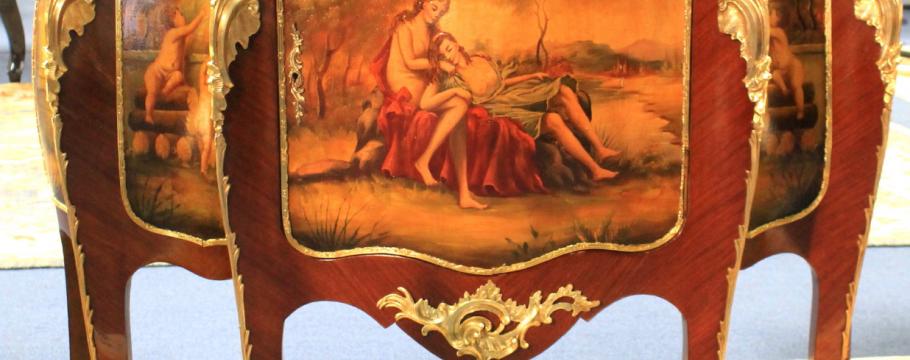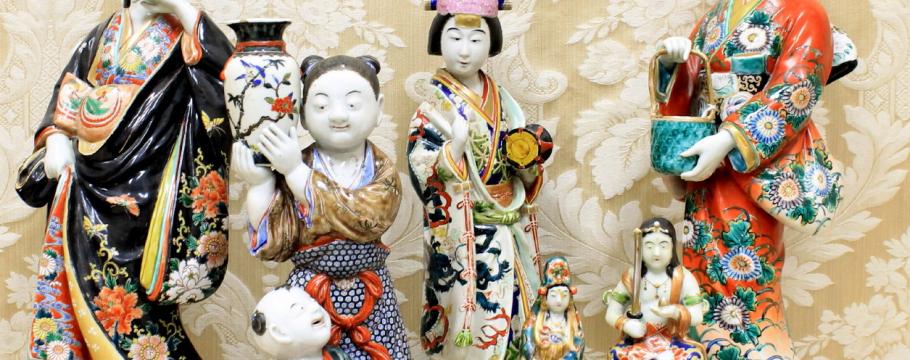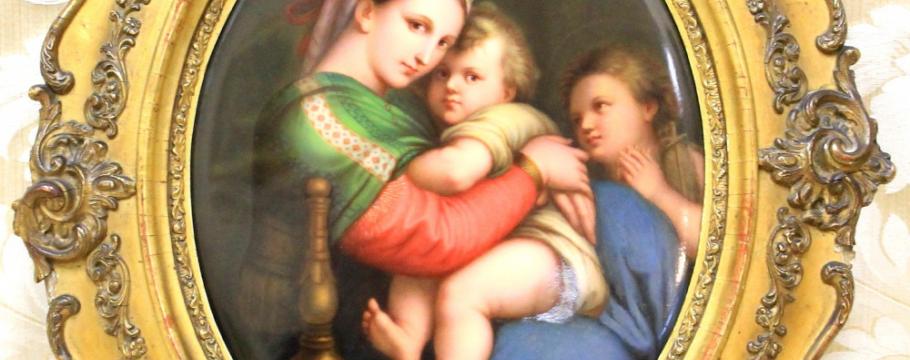






Queens Burmese glass to bring collectors running
Author: Richard Brewster | Posted: 11th July, 2014
About 70 pieces of rare Victorian Queens Burmese glass (hardly ever seen at auction) will be a major highlight of Christian McCann Auctions sale from noon Sunday July 13 at 426 Burnley Street, Richmond.
The Queens Burmese glass, belonging to collector Harold Price, sits among many fine examples of 18th and 19th century antique furniture, porcelain and art from major collections and more than 100 vendors and includes such delights as rare boulle furniture, temple vases and a carved walnut bedroom suite.
Among the more intriguing items are a rare 10th century Khmer carved stone bust, a Sumerian tablet more than 3000 years old and an 11th century Indian female torso.
Auctioneer Christian McCann said this is the first time he has auctioned such ancient antiquities and expects major collector interest.
Collectors also should be clamouring for exhibition ruby glass vases complete with enamel decorations.
“The quality of the porcelain is superb and includes 19th century French Sevres, English Royal Worcester and Royal Derby and German Meissen pieces,” he said.
The antique furniture is equally impressive and includes French 19th century boulle salon furniture and ormolu mounted and inlaid examples, and antique carved giltwood pieces – along with 18th and 19th century English burr walnut, mahogany and rosewood furniture.
One of the major drawcards among the oriental section is an antique 10-panel Chinese lacquer and carved screen to go with magnificent examples of jade, ivory and bronze figures.
The auction also contains important exhibition bronze figures and figure groups, all signed by the makers, and a range of English and French 19th century long case clocks and clock sets.
Art is another attraction and there are many works by leading Australian and international artists.
Among the paintings are several by Walter Withers (1854-1914), an Australian landscape artist and member of the Heidelberg School of Australian impressionists.
Born in England, Withers arrived in 1882 in Australia to work on a farm. After about 18 months he moved to Melbourne and found a job as a draughtsman at a printing firm.
It was during this time that Withers began to work in black and white, executing chalk portraits for reproduction – a fine example being the Count von Bismark.
In 1887, Withers returned to England where he met and married his wife. The following year was back in Melbourne where he eventually settled at Eaglemont and became friendly with Arthur Streeton, Charles Conder, Tom Roberts, Fred McCubbin and other leading artists of the period.





